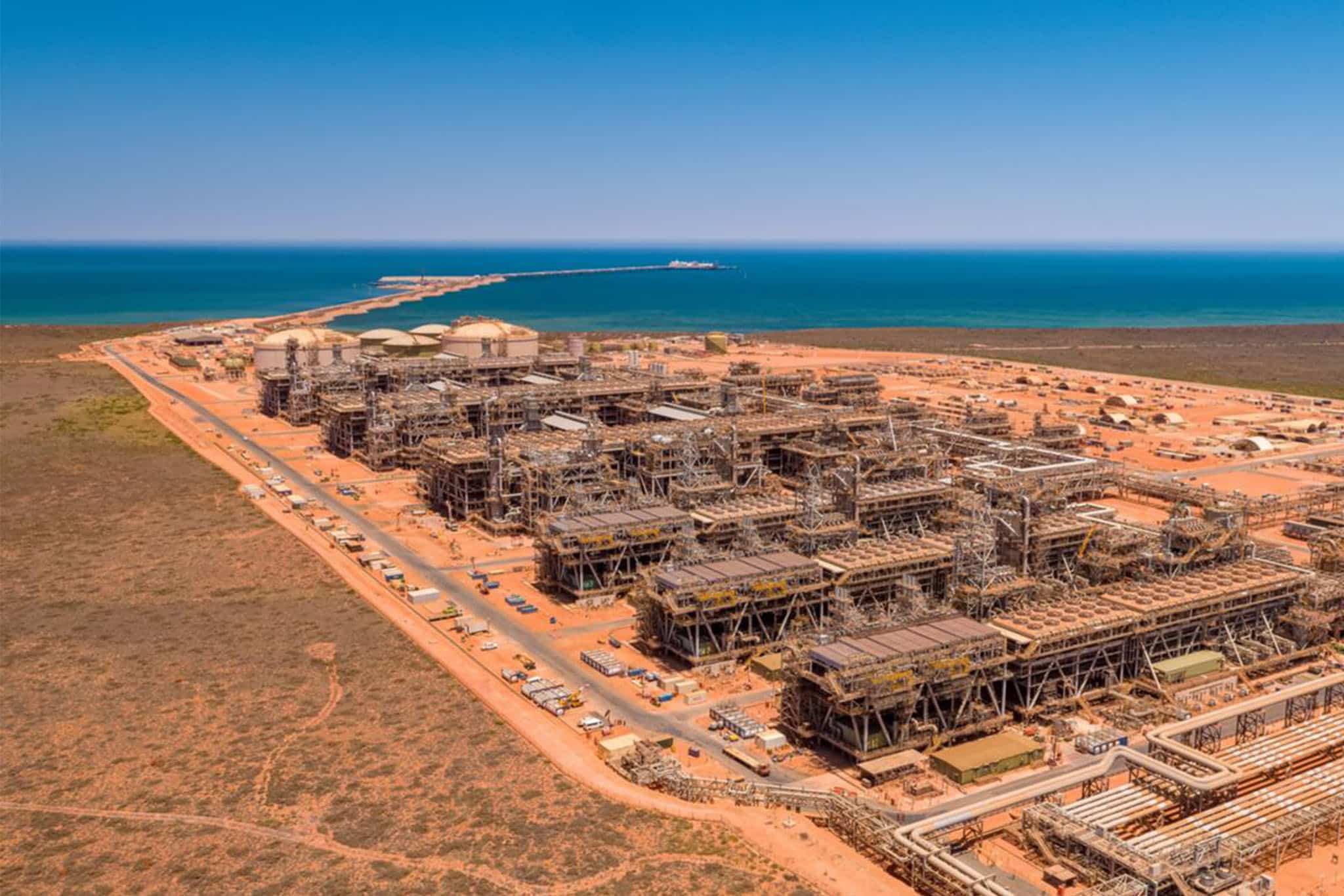Safe working conditions for an 8,000-strong camp
The Gorgon gas project includes both the Greater Gorgon gas fields and a liquefied natural gas plant on Barrow Island. In 2009 a development consortium between three major oil and gas companies received approval from the WA Government to develop what was set to become Australia’s largest resource project there.
As it turned out, that meant accommodating nearly 8,000 people on Barrow Island. If the camp were a hotel, it would be the third largest hotel in the world – and it needed to be safe as houses. Our client essentially required three projects in one. They needed fire detection and suppression in the camp/kitchen, in the site offices, and in the operations buildings/control room.
As such, Advanced Technology Products (ATP) submitted a winning proposal to the Gorgon LNG project operator to implement fire detection and suppression in the camp.
The ATP solution
Stage 1 of our winning proposal detailed:
- Fire and gas detection and suppression systems for the complete camp
- Operations & TCF
- Ex Telephone Systems
- Junction Boxes
- Security System CCTV
- Access Control Interfaces including design, assembly, documentation, FAT, SIT and SAT.
This would be followed by Stage 2, which included the design and supply of fully networked fire alarm panels, the integration of twin graphics packages and over 7,000 field devices. We designed state-of-the-art fire detection technology in each of the 8,000 rooms and planned to install 160 fire panels in all temporary facilities, camp facilities, main operations building and control rooms.
Network monitoring was an important technical component of the ATP solution. This essentially involves a graphic display denoting the location of every smoke detector onsite in real-time. The system operates via mixed media (including fibre optic, microwave, ethernet) to facilitate instant risk awareness and maximum response time.
We also devised a water-mist sprinkler system for the control room. It was pertinent the control room be well-protected considering the room must be manned at all times – if a fire starts, the gas plant cannot be left running. The fire suppression system in the control room was designed to put the fire out while staff continued to operate the control room.
Implementation
We were able to mitigate integration factors easily since we entered the project in the construction phase. We did, however, liaise with our downstream client in regards to different types of communication tech in use, including microwave, fibre optic and regular switch networks. For the hardware, we incorporated a modular design to accommodate for the sheer number of units. We made all the hardware as interchangeable as possible so that supply lines wouldn’t need to stock unique singular items. Of the 160 panels, we whittled the variety down to just 5 or 6 different types which made production easier and improved our build efficiency by reducing the number of spares per type.
One major integration factor we managed was Barrow Island’s classification as a Class-A nature reserve. Having a gas plant built on a nature reserve generates obvious concerns, so we went above and beyond in our mission to keep the plant safe and maintain the world-class environmental integrity of the location. The quarantine restrictions also meant we were unable to ship anything in cardboard, and that all hardware delivered had to be fumigated. That additional layer of quarantine and biosecurity measures posed a complex challenge – but challenge is what ATP does best. Working through an additional layer of restrictions simply meant we had to come up with better, more innovative ways to implement our design.
Outcome & future plans
At the project’s conclusion, all of the deliverables were on time and in their required places despite the extra layers of restriction. There were no project management targets missed, and no shortfalls to speak of. The improved worker safety conditions for those staying at Barrow Island are a significant benefit for our downstream client, not to mention the ability to manage control room fires at times when evacuation would mean catastrophe.
We have since engaged in an ongoing maintenance contract with our client that has spanned a decade. From the first fire panel supplied in 2009 to the monitoring system upgrade in 2019, ATP is proud to have designed and implemented a bid-winning solution for fire detection and suppression at one of Australia’s biggest resource exploration projects.
